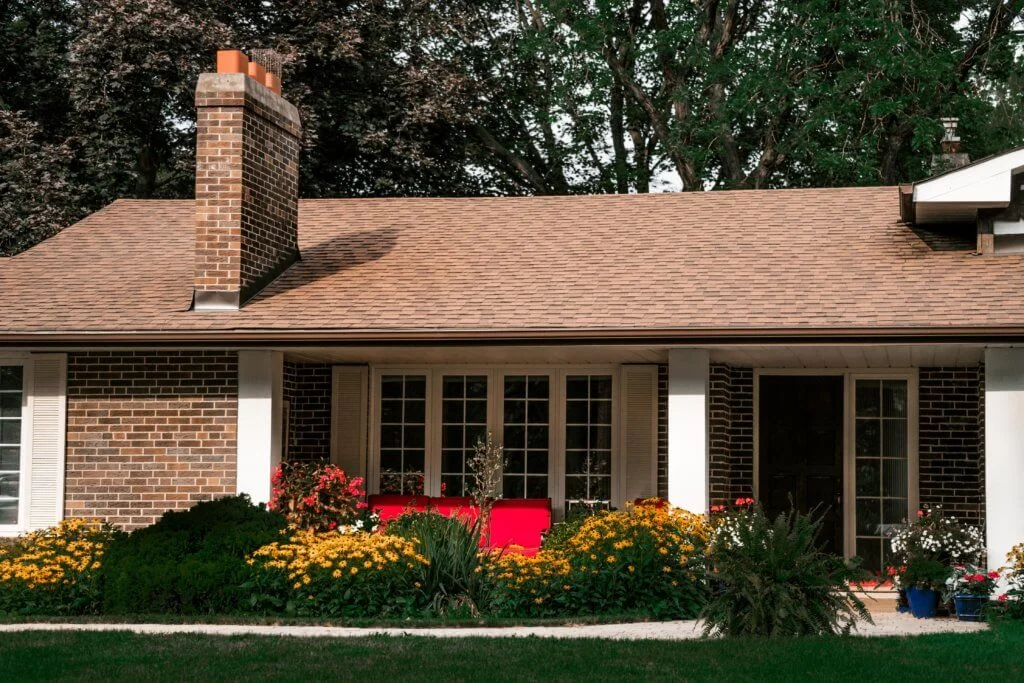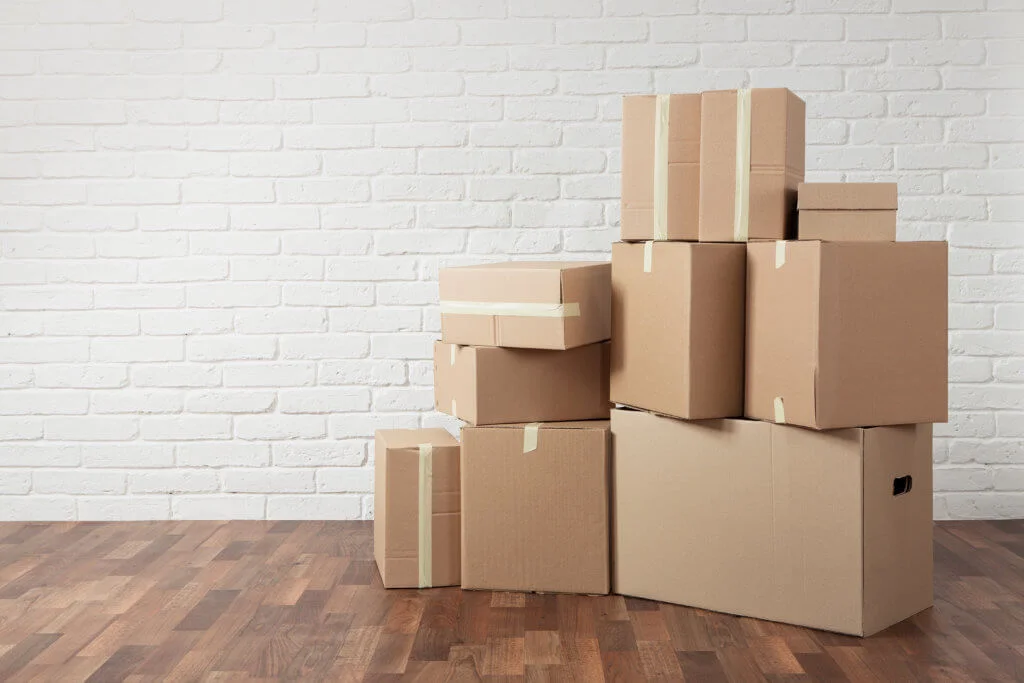After weeks of searching, you’ve found your dream house. Congratulations!
Unfortunately, your celebration may be cut short because you still own your current home. Paying two mortgages, two sets of utility bills, and all the costs that come along with buying and selling a home can be too much for a budget to bear.
How can you buy your dream home and sell your current home without breaking the bank? Read on to learn how to buy a house contingent on selling yours.

What is a Contingency Clause?
When you want to purchase a house but you must sell yours first, you can insert a “contingency clause” into your offer. This means that you will only buy the house contingent on selling yours.
If your home doesn’t sell, you can back out of your pending purchase. However, this also means a buyer interested in purchasing your home could back out if their home does not sell if there is a contingency clause in their contract.
A real estate agent can add the clause into an offer of sale to protect you from carrying two mortgages. The clause works in three ways:
- The contract of sale for the new house only moves forward if you find a buyer for your current house
- If you can’t find a buyer for your current home within an agreed-upon time, the sale doesn’t go through
- Home sellers may add a “kick-out” clause into the contract; this allows them to give you notice if they find another buyer while you’re still trying to sell your house
Many people don’t want or aren’t able to bear the double expenses of having two homes. However, 67 percent of homebuyers purchase a new home before they sell their current house.
1. Choose Your Closing Date Strategically
When you need to sell your current home, think strategically when choosing a closing date. For those who own standard homes in a seller’s (a.k.a. high-demand) market, it’s possible to strike the jackpot. In this case, that means a firm offer with a closing date that’s within your selling window.
In reality, this is a best-case scenario. With so many moving parts, there’s a lot that can go wrong during the closing, thwarting even the most carefully thought-out plans.
2. Consider a Lease Back
Sometimes buyers aren’t in a huge hurry to move in. If you luck out and find a buyer with a flexible timeframe, you may be able to negotiate what’s known as a “leaseback” agreement.
That way, you can stay in your old house as a tenant while you wait to close on a new home. Just make sure your leaseback period isn’t too long, as you don’t want to end up paying both rent and a mortgage.

3. Price Your Home to Sell
If you really need to sell, price your home competitively. After all, you don’t want to miss out on your dream home because you can’t sell your current house!
Along with setting an attractive price, it’s key to make your house attractive, too. That means not skimping on staging your home for sale, and taking extra steps to market effectively.
Though you may have to accept a price cut, that’s still better than holding two mortgages.
4. Sell to HomeGo
If selling your own home while trying to purchase your next home sounds like a lot of time, expense, and stress… you’re not wrong. Why not skip the hassle and sell to HomeGo?
HomeGo can purchase and close on your home in as little as 7 days. Best of all, HomeGo buys houses in any condition, without any contingencies — no repairs, no staging, no marketing, and no waiting. We also offer leasebacks and flexible moveout times so that you can take your time getting your next living arrangement in line.
When the time is right, don’t wait around for your house to sell and miss out on your dream home. HomeGo can help.




